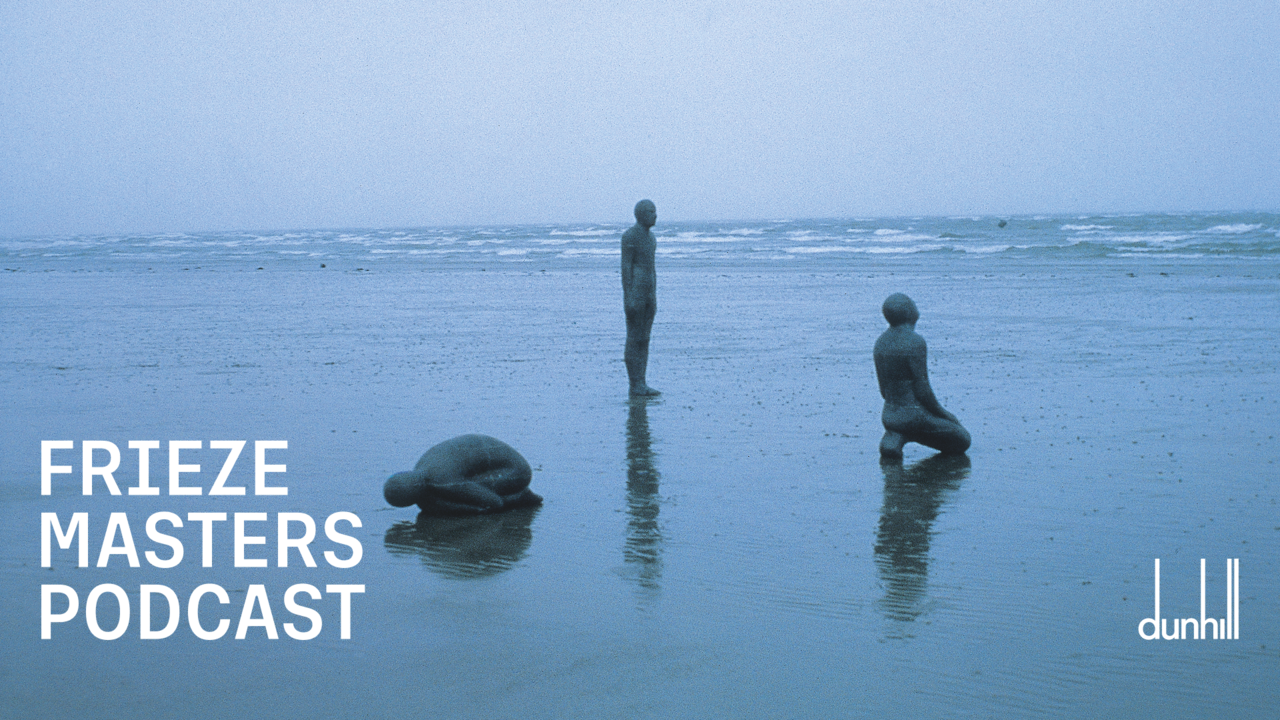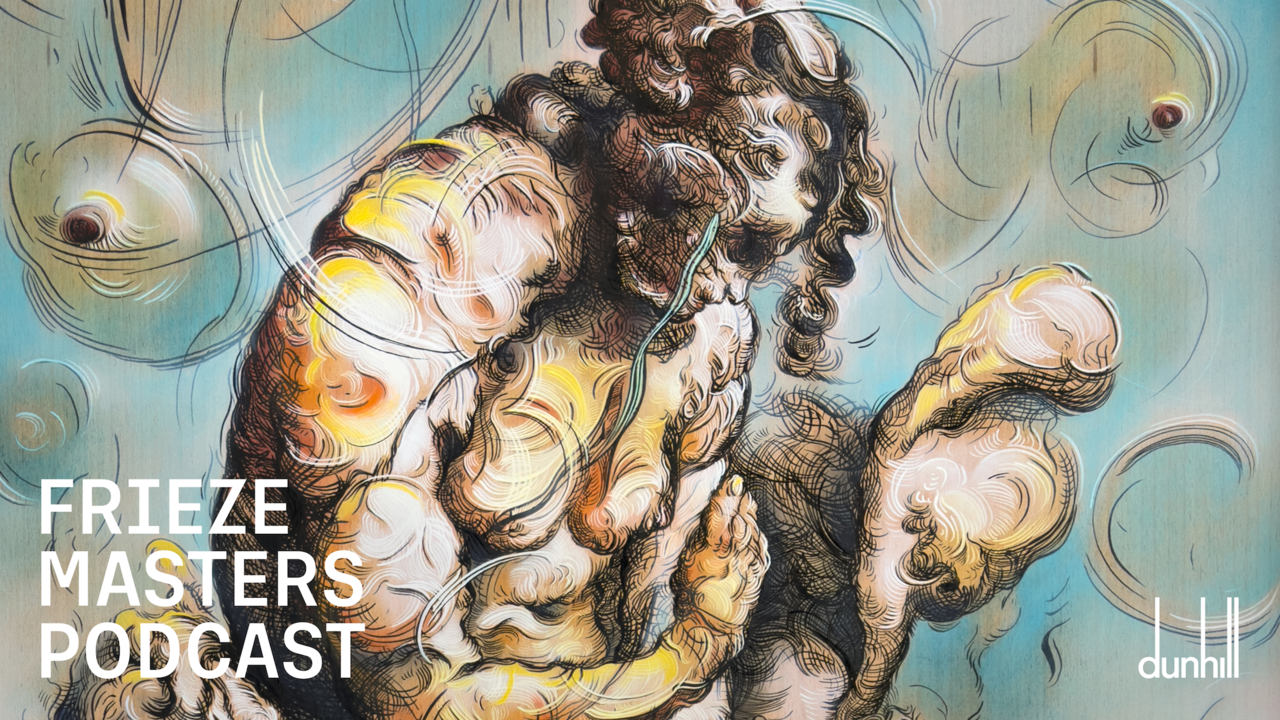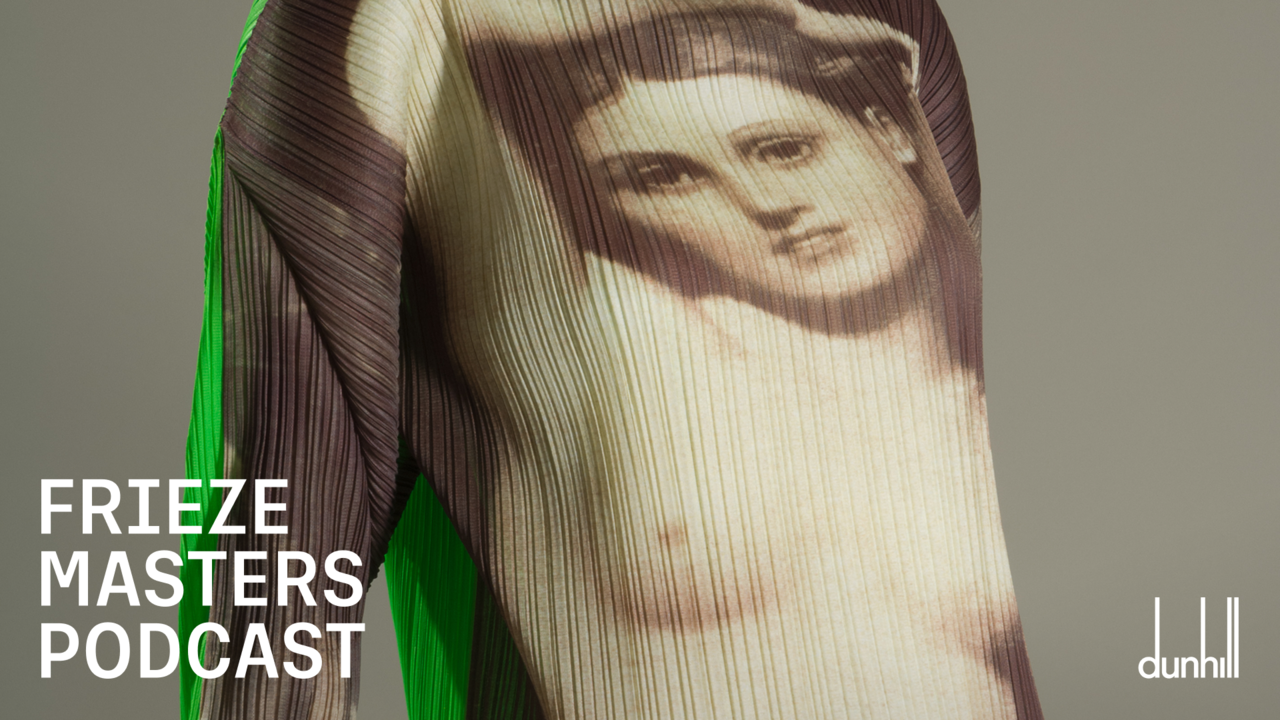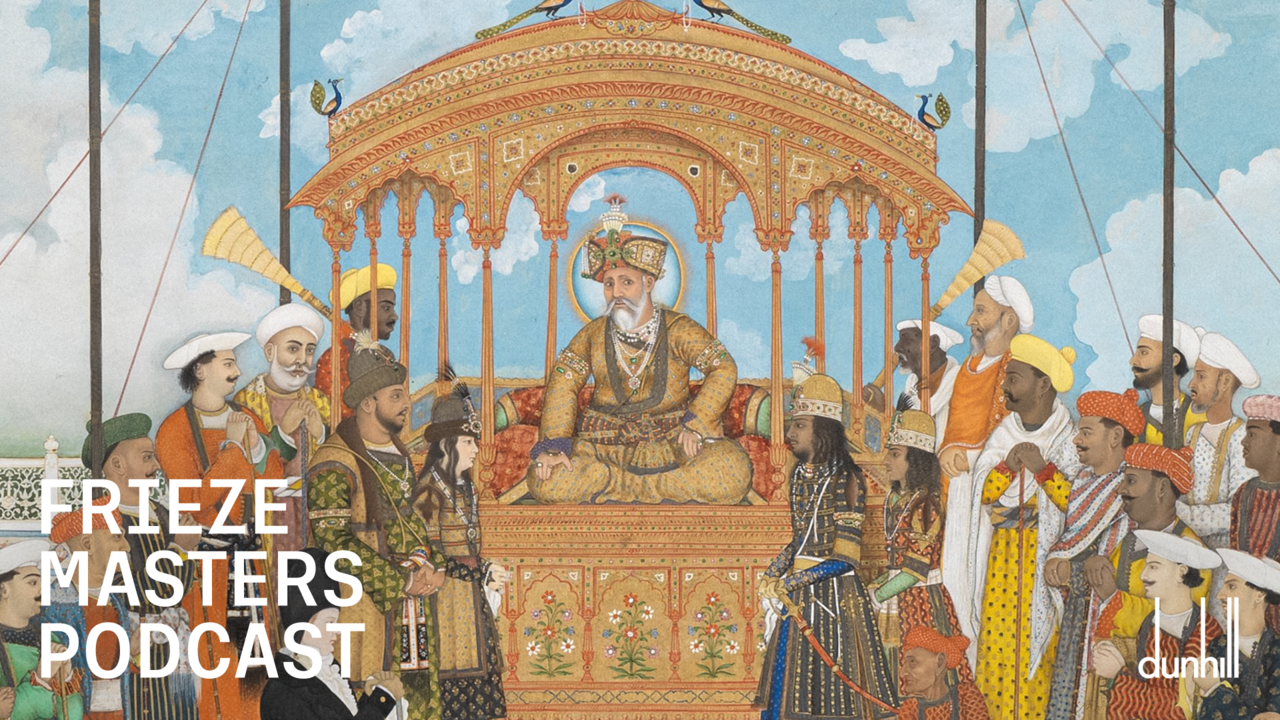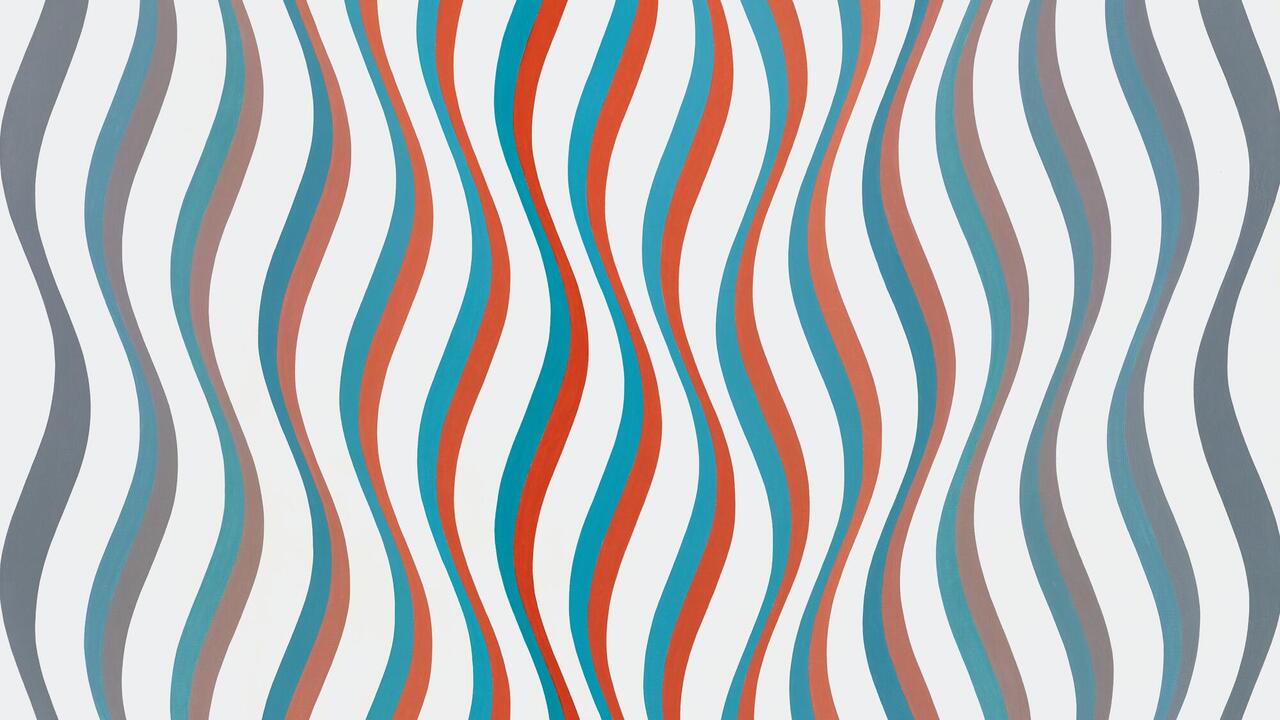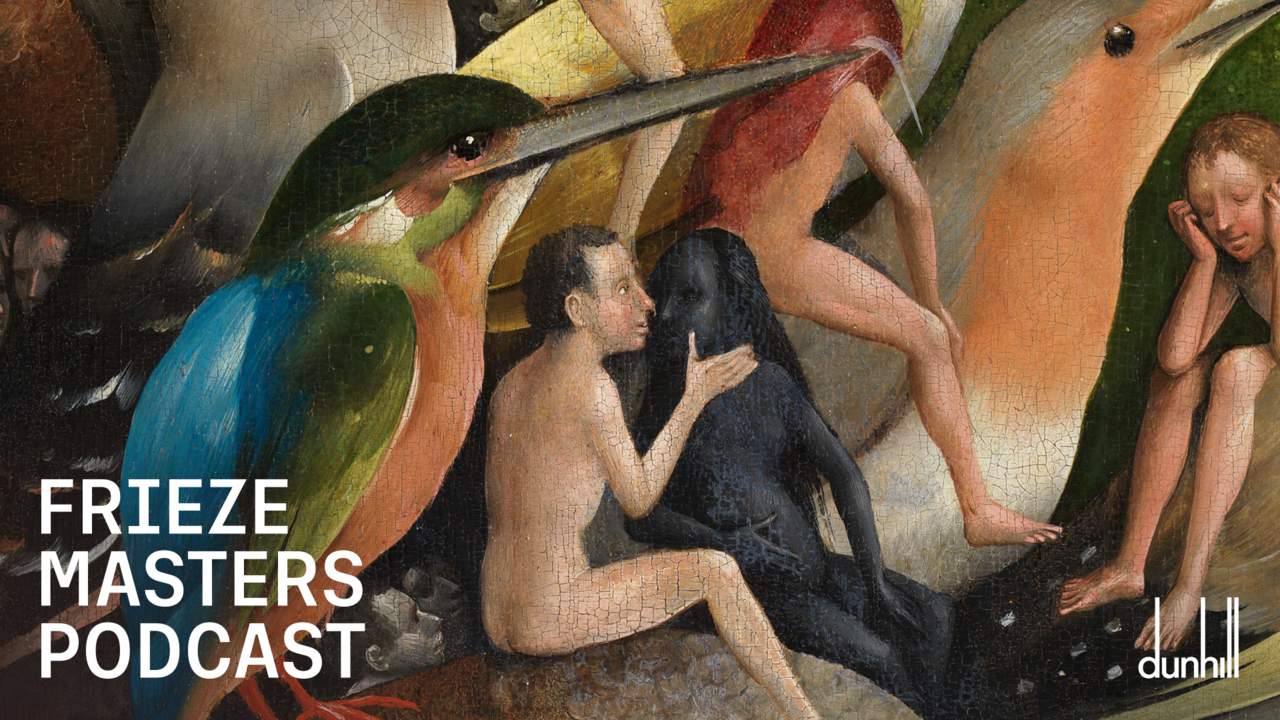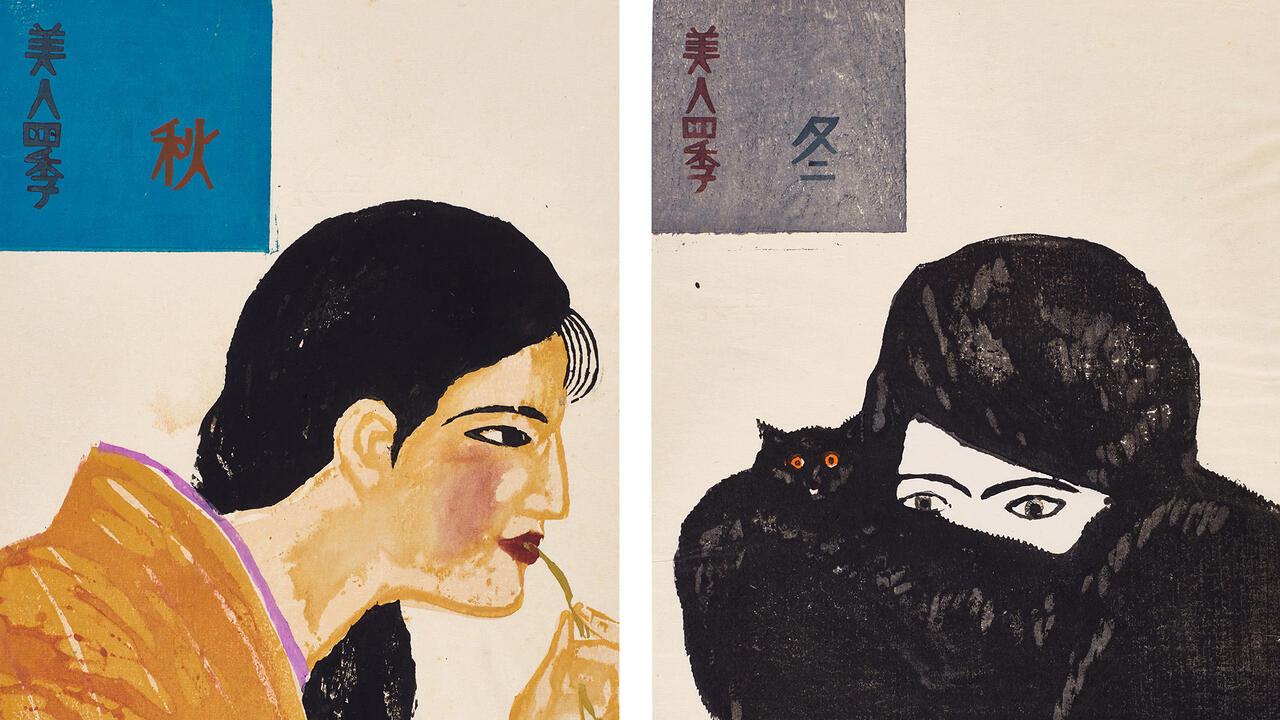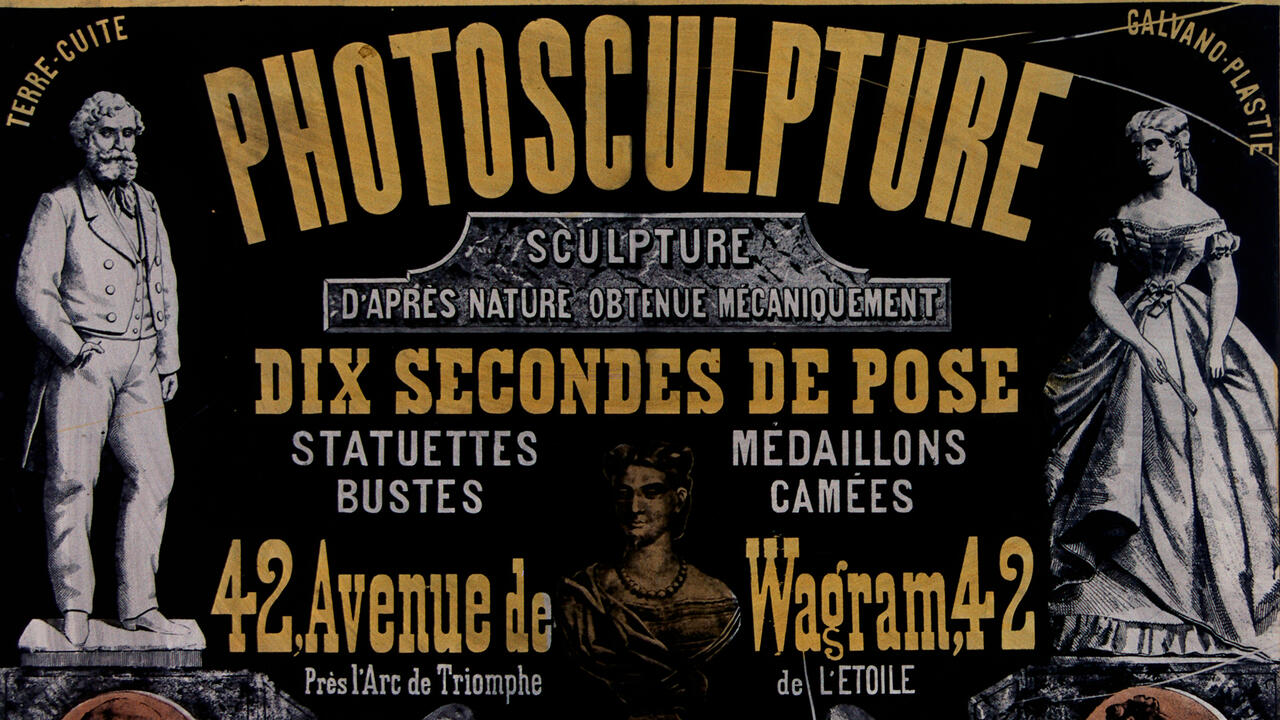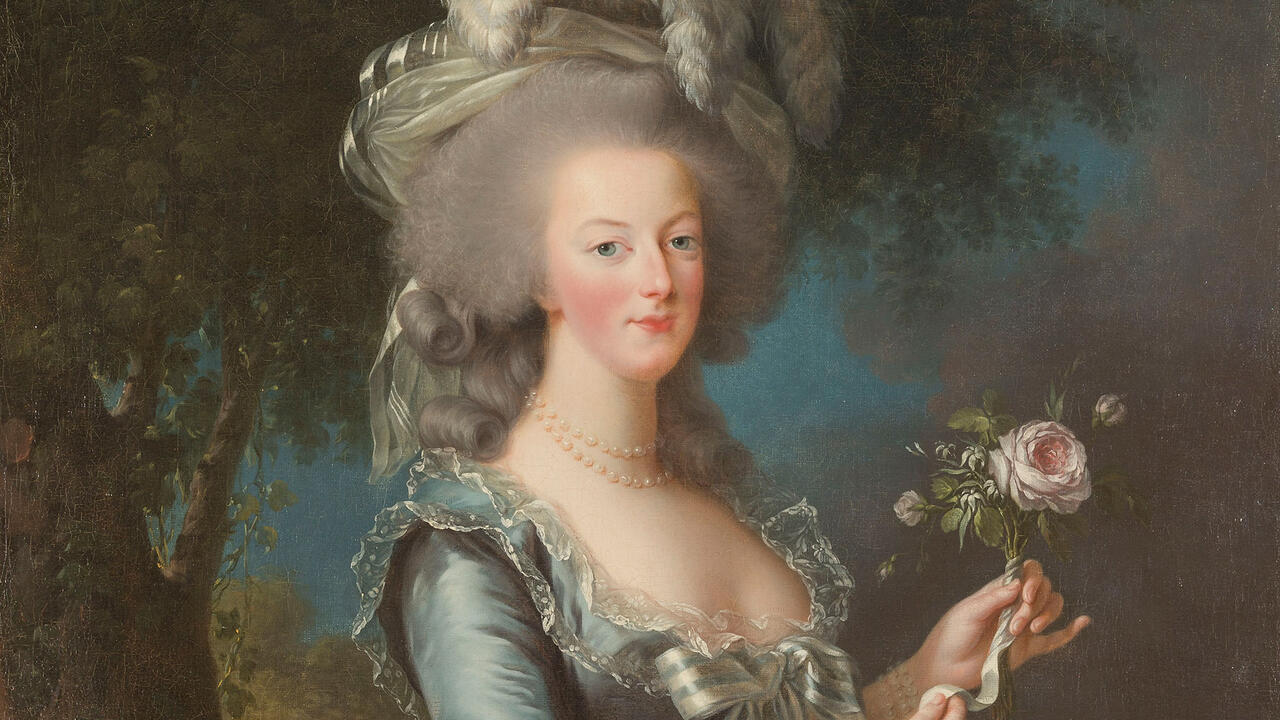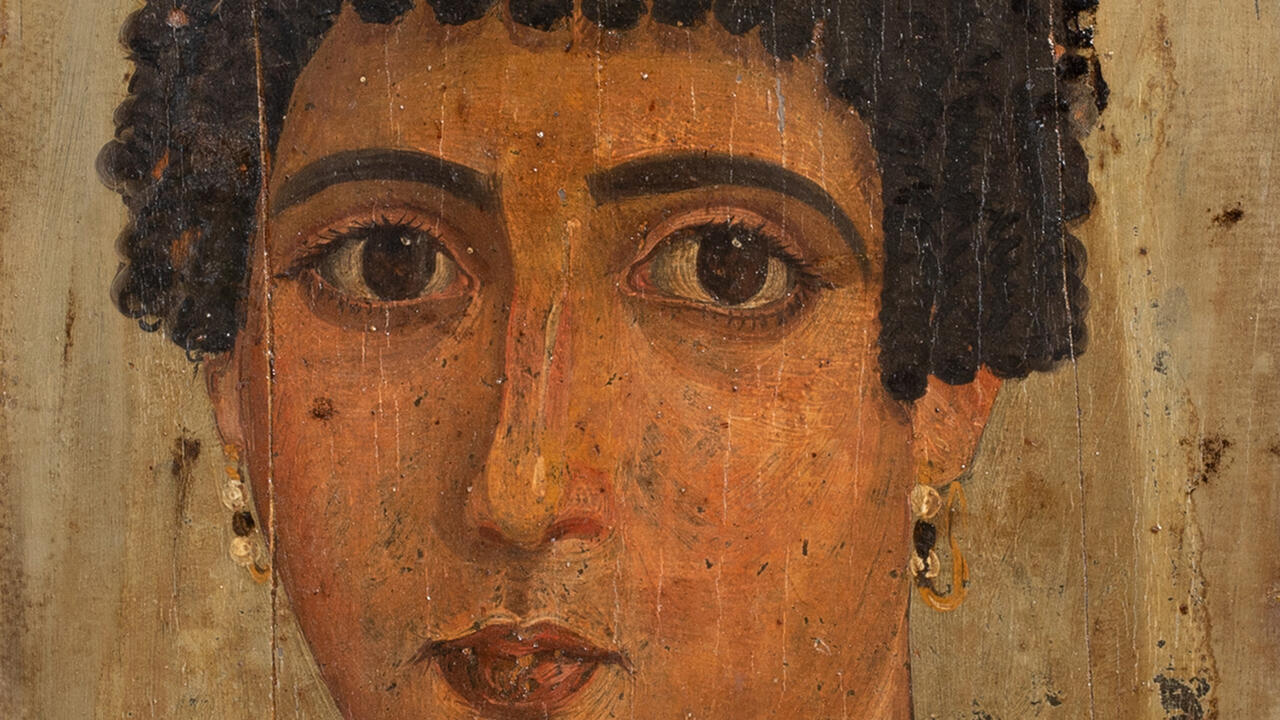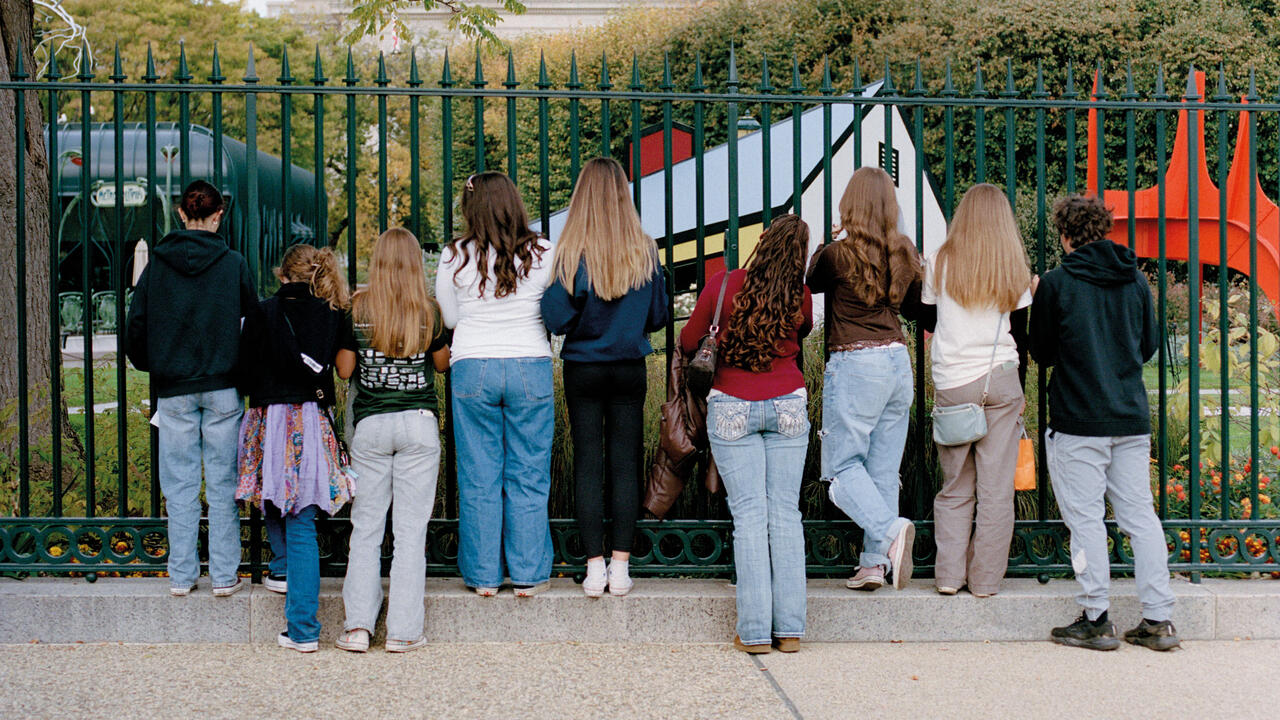Under the Influence
How the art of the past informs that of the present
How the art of the past informs that of the present
During the opening week of the 55th Venice Biennale in May, one exhibition — quite unrelated to the contemporary show — had everyone talking. Held at the Doge’s Palace, it included around 80 paintings, drawings and prints by a radical French artist who had been influenced by Venetian painting: Édouard Manet, who died in 1883. For the first time ever, Titian’s beautiful Venus of Urbino (1538) — the Venetian’s homage to Giorgone’s Sleeping Venus of 1510 — was hung next to the brilliant and, in its day, wildly controversial painting it would later inspire: Manet’s Olympia (1863).
The conversation between the two pictures was electrifying. Whereas the eroticism of Titian’s painting had long been acceptable because of the nude’s identification as a goddess, what shocked 19th-century Paris was that Manet was unequivocal about his subject’s profession: the word ‘Olympia’ was slang for prostitute. As Émile Zola declared in the painter’s defence: ‘When our artists give us Venuses, they correct nature, they lie. Manet asked himself why lie, why not tell the truth; he introduced us to Olympia, this fille of our time, whom you meet on the sidewalks.’ In his refusal to bow to the conservative mores of the day, Manet pre-empted the kind of confrontations that were to become so familiar to the avant-gardes of the 20th century. That his model, Victorine Meurent, was also an accomplished painter in her own right, only adds to Olympia’s complexity (in fact, in 1876 her work was selected for inclusion at the Salon’s exhibition, whereas Manet’s was rejected). The great poet and critic Charles Baudelaire had envisioned such a Modernism — one that reflected contemporary realities — almost two decades earlier. In his famous review of ‘The Salon of 1845’ — written when Manet was still a child — Baudelaire declared: ‘The painter, the true painter, will be the one who can seize from the life of the present its epic dimension, and make us see and understand in colour or contour, how great and poetic we are in our neckties and patent-leather boots.’
In 1890, after much lobbying by Claude Monet, who was a great admirer of Olympia, the painting was bought for the nation of France by a public subscription; it now hangs in the Musée d’Orsay. Paul Cézanne’s homage, A Modern Olympia, painted ten years after Manet’s homage to Titian, was greeted with near-incomprehension during the first Impressionist exhibition in 1874. Writing in L’artiste on 1 May 1874, the critic Marc de Montifaud stated: ‘Like a voluptuous vision, this artificial corner of paradise has left even the most courageous gasping for breath […] and Mr Cézanne merely gives the impression of being a sort of madman, painting in a state of delirium tremens.’ Today, A Modern Olympia also hangs in the Musée d’Orsay.
Manet famously stated: ‘I am influenced by everybody. Every time I put my hands in my pockets I find someone else’s fingers there.’ Nothing has changed. When I visited ‘Manet: Return to Venice’, it was packed not only with tourists but with artists and critics, absorbed in the lessons the long-dead artist’s paintings still offer. Zola was uncannily prescient when he observed in 1866: ‘Our fathers mocked Courbet, and now we go into ecstasies before him. We mock Manet and it will be our children who go into ecstasies before his canvases.’ Manet was, of course, to inspire not only Cézanne, but Pablo Picasso and Henri Matisse, and countless other artists in the 20th century, and his influence is still felt. In 1979, the Canadian artist Jeff Wall based his important early photograph, Picture for Women on Manet’s Un Bar aux Folies-Bergère (1881–2), which he saw while studying at the Courtauld Institute of Art in London. Discussing the recent exhibition ‘Manet: Portraying Life’ (2013) at London’s Royal Academy, the artist Michael Craig-Martin — who, at Goldsmiths College in the 1980s, taught the so-called Young British Artists — observed: ‘I’ve always thought of Manet as an ancestor of the contemporary, one of the points at which modern art starts. He still seems amazingly fresh.’
In this second issue of Frieze Masters, a group of contemporary artists once again nominate an earlier artist who has fired their imaginations. The results are startling: the filmmaker Emily Wardill discusses how she ‘abandons’ herself to the wonder of Rembrandt’s Abduction of Proserpina from 1631; Rose Wylie writes about how, 60 years after she first saw paintings by the 15th-century artist Giovanni di Paolo in London’s National Gallery, she’s still thinking about them; and Amar Kanwar discusses a 19th-century goddess represented in the ‘Devi Diagram’ by Pandit Seu of Guler, from the ‘hilly regions of north India’ and how he is ‘wonderstruck by […] the passage of enormous time through her’. Glenn Brown goes so far as to say that seeing Salvador Dalí’s The Spectre of Sex Appeal (1934) for the first time made him so envious that: ‘I had to steal from it. I had to possess as much of it as I could. I still feel the same.’ And so the conversation — between centuries and continents, artists and writers, the dead and living, the old and the young — continues. Art is nothing without its ghosts; they’re often the most vital, the most important artists around.









